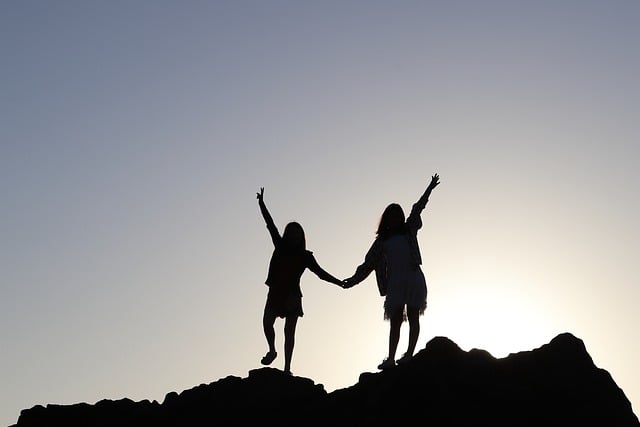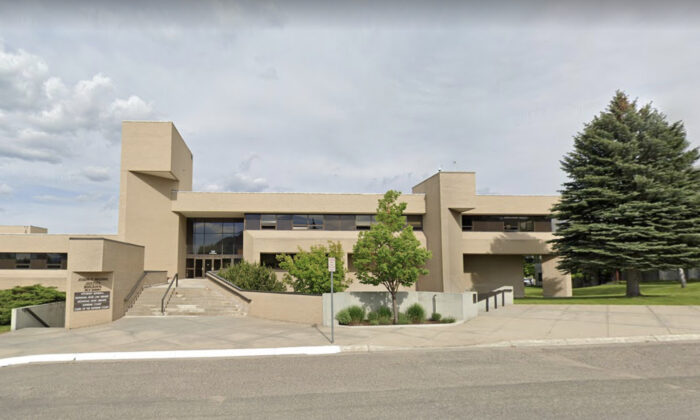
“Be politically correct or we’ll call you racist” doesn’t cut as deep as it used to, but it’s an approach line that the BC First Nations Justice Council is willing to bludgeon over the heads of lawyers who favour truth. Two B.C.
lawyers are receiving this treatment from the Indigenous advocacy group because they are trying to correct, factually, their regulators’ training materials. Since 2021, all lawyers regulated by the Law Society of British Columbia are required to take a course on Indigenous culture, the materials for which contain the following inaccurate statement: “On May 27, 2021, the Tkʼemlúps te Secwépemc Nation reported the discovery of an unmarked burial site containing the bodies of 215 children on the former Kamloops Indian Residential School grounds. Although the discovery was shocking to many Canadians, many Indigenous residential school survivors had previously reported the existence of unmarked burial sites, and the unexplained disappearances of children; the discovery confirms what survivors have been saying all along.

” There were, in fact, no bodies discovered. In 2021, 215 “anomalies” — soil disturbances — were detected by ground-penetrating radar near the former residential school. They could be graves, and they were initially reported as graves, but they could also be wood, stones or clumps of clay.
It also is true that the First Nation initially referred to the anomalies as the “remains of 215 children,” but three years later, it ceased in the interest of accuracy, referring to them as “215 anomalies” instead. Some B.C.
lawyers noticed the error in the training documents, and one even reached out to the law society’s course providers to flag that a correction was in order. Receiving no response, he, in conjunction with a colleague, is now motioning at the law society’s upcoming annual general meeting to use the term “potentially unmarked burial site” instead. It’s a sensible ask: law is a profession that depends on its practitioners being able to separate fact from everything else, and training materials should reflect that principle.
This notion didn’t resonate with the BC First Nations Justice Council, a non-profit whose aim is to bring “transformative change to the legal system,” which on Monday called the motion “racist.” In a statement, it denounced the correction for containing “alarming Residential School denialism.” “These so-called corrections seek to supplant countless testimonies, reports and investigations with a factually incorrect narrative that is rooted in the silencing and dismissal of Residential School survivors,” it wrote.
Not only did the core of the council’s statement ignore the facts, its writers proceeded to scold anyone who dared to ask that lawyer training materials stick to facts by invoking “truth.” “The course is integral to ensuring lawyers understand the truth of Residential School history, as well as the history and legacy of colonization. It is unconscionable that efforts be made to revise this history and sanitize the genocidal atrocities committed against Indigenous people in B.
C. and Canada, including the Residential School System.” The statement concluded by asking the province’s lawyers to “stand up against the grievous racism” being advanced by the resolution.
It’s the kind of unfounded and hyperbolic accusation that should have no place in shaping the way the law works. Unfortunately, the government of B.C.
is actually in the process of giving the BC First Nations Justice Council even more powers to do just that. In April, B.C.
Attorney General Niki Sharma tabled a bill in the provincial legislature that would introduce an array of mandatory Indigenous roles into professional governance, and task the legal regulator with carrying out reconciliation . Under Sharma’s scheme, a new Indigenous council would provide advice to the law society’s board regarding “Indigenous legal traditions and Indigenous practices”; it would also be granted a mandatory seat on the selection committee for the law society’s chief executive officer. A maximum of nine people would comprise the council, and a maximum of four of these would be appointed by the BC First Nations Justice Council — not a majority, but nearly.
Race-based seats shouldn’t be a component of legislation like this. And, though it might make sense for the law society to consult with the BC First Nations Justice Council on specific Indigenous-related issues from time to time, it should be out of the question to give it a formal role in regulating the legal profession — especially now that it has used baseless accusations to attack certain law society members while rallying others to its cause. All of this is a foreseeable consequence of saturating government and government-adjacent bodies with reconciliation mandates.
Mandate training, expect debates over the content of said training. None of this is to say that residential schools didn’t cause human beings immense pain, because they did. Children did die at residential schools, most commonly of tuberculosis, and were buried nearby.
The BC First Nations Justice Council understandably feels grief for any life that was lost back then. But, it’s simply incorrect to state that bodies have been discovered near the former Kamloops residential school, and people — lawyers especially — shouldn’t be berated with accusations of racism for pointing this out. National Post.














